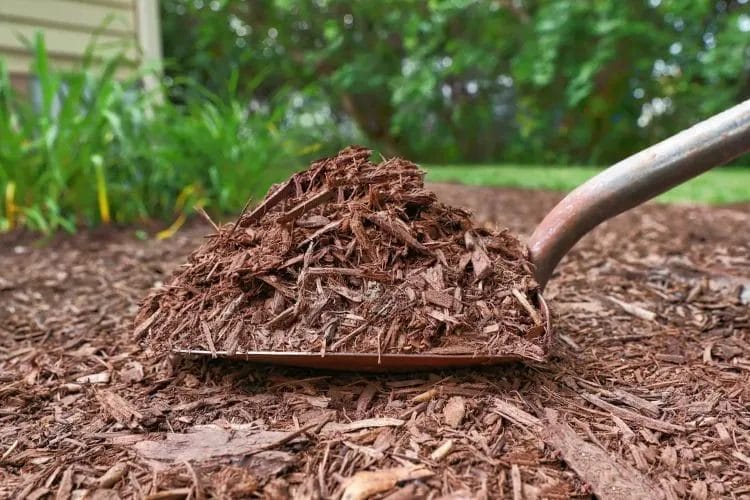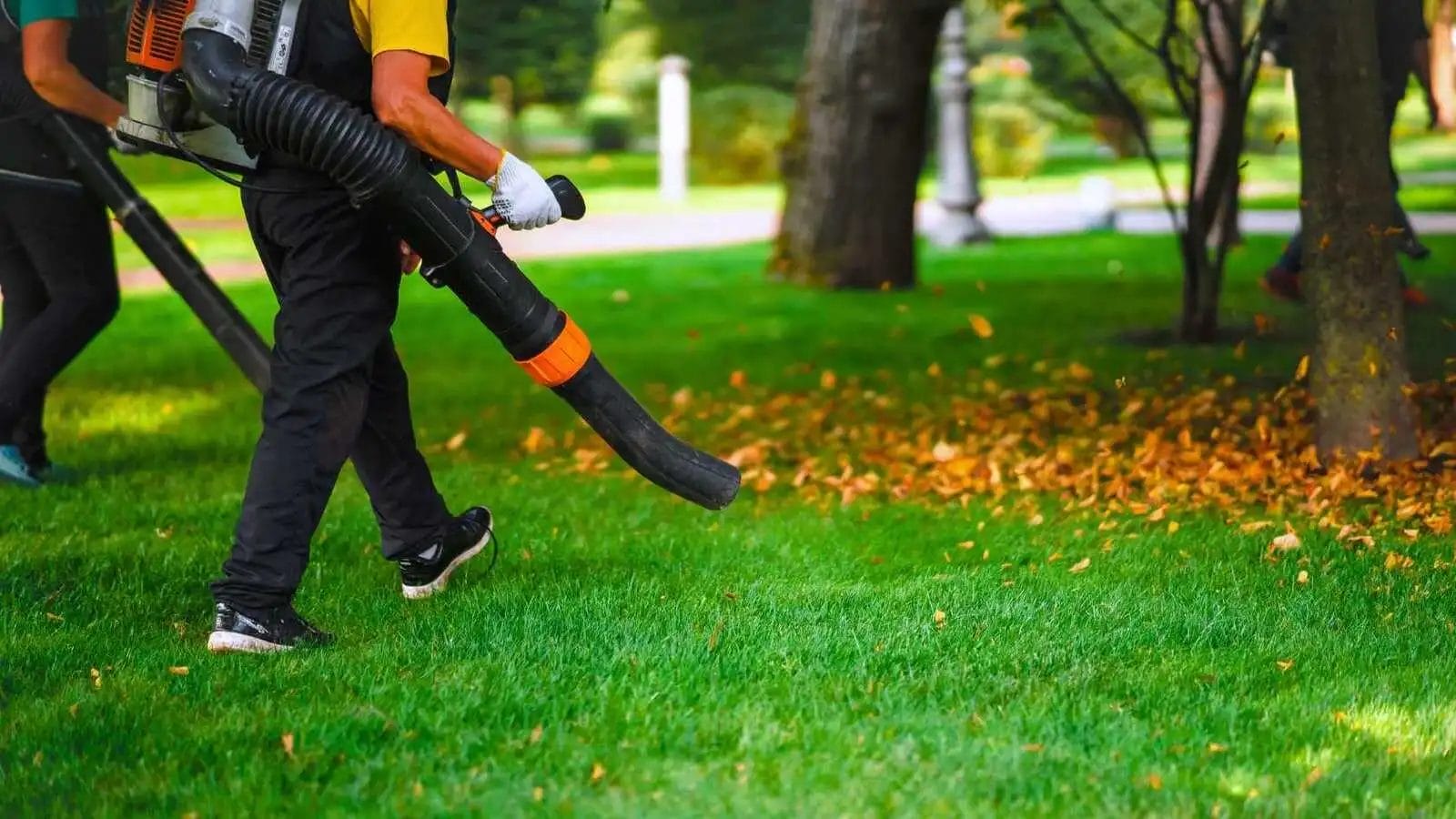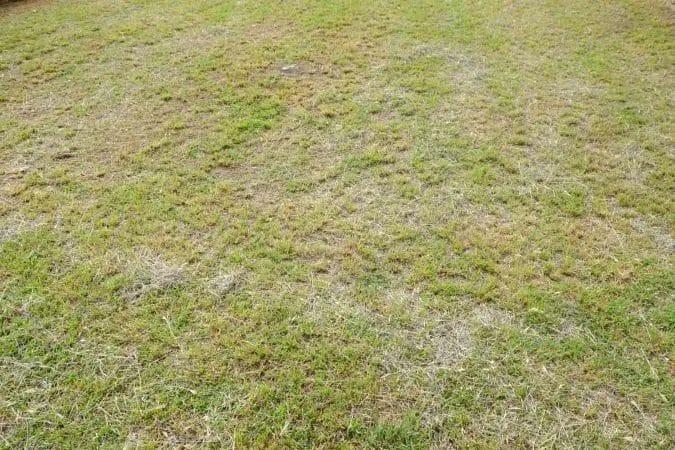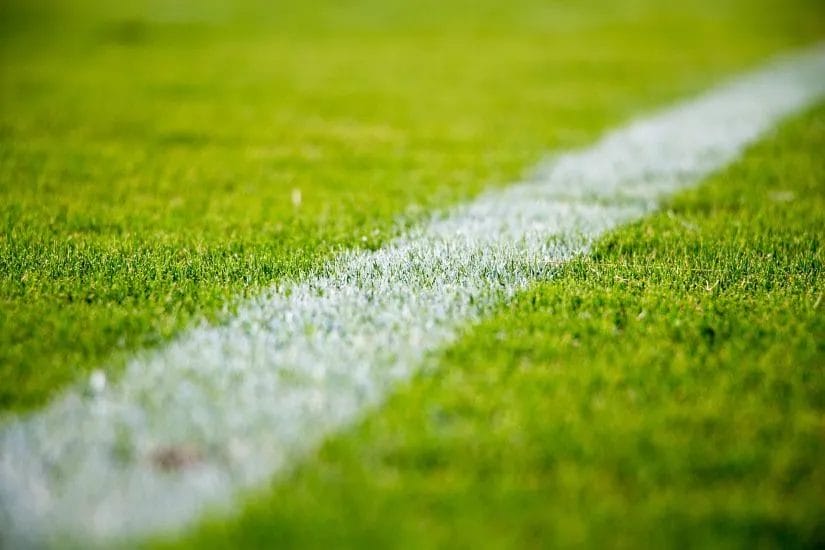
It’s important to aerate your lawn before peak summer to relieve soil compaction, increase water and nutrient penetration, and strengthen roots so your turf weathers heat and drought more effectively. By aerating, you help seed-to-soil contact for overseeding and reduce runoff while improving microbial activity. If you prefer professional help, Smith Brothers Services, including Smith Brothers Landscape and Smith Brothers Tree Services, can assess timing and perform aeration for optimal summer growth.
The Science of Soil Health and Grass Growth
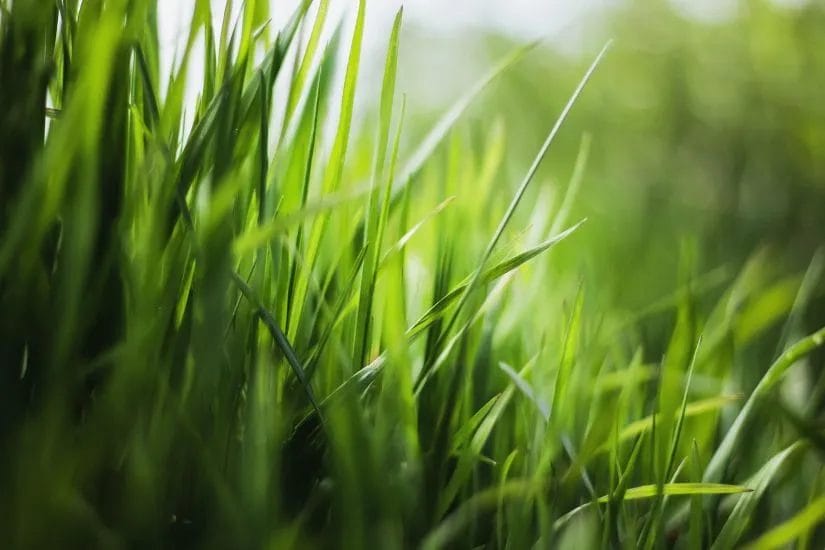
Your lawn’s productivity depends on soil physics, chemistry, and biology: optimal pH (6.0–7.0), 3%+ organic matter, and air-filled porosity above ~10% for aerobic root respiration. Compaction, low OM, and poor structure limit water infiltration and microbial mineralization of nitrogen, reducing vigor. You can use a soil test from Smith Brothers Services to measure pH and nutrients, while Smith Brothers Landscape and Smith Brothers Tree Services often recommend aeration and topdressing to restore porosity and biological activity.
The Role of Soil Aeration in Plant Physiology
Aeration creates macropores that boost oxygen diffusion and water infiltration, directly supporting root respiration and nutrient uptake. Core aerators typically remove 2–3 inch plugs, increasing rooting depth and stimulating fine root proliferation within weeks. Enhanced oxygen levels accelerate nitrification and microbial breakdown of organic nitrogen, giving your grass faster access to N and P during summer stress. Smith Brothers Landscape uses timed aeration cycles to synchronize with fertilization for measurable growth responses.
Understanding Compaction and Its Effects on Nutrient Uptake
Compaction from foot traffic, mowing equipment, and heavy rainfall compresses pore space, reducing air-filled porosity and water infiltration so your roots access less oxygen and dissolved nutrients. Reduced root mass limits uptake of N, P and micronutrients, so applied fertilizer stays near the surface or runs off—wasting inputs and increasing disease risk. Smith Brothers Tree Services routinely addresses root-zone compaction around trees with deep aeration and targeted amendments to restore uptake pathways.
Measure compaction by bulk density; values above ~1.6 g/cm³ in loams indicate restricted root growth, often halving root depth. Mechanical remedies include hollow-tine coring (2–4 inch depth) and deep-tine aeration for severe compaction, followed by 1/4–1/2 inch sand topdressing to keep pores open. You should aerate high-traffic lawns annually or twice yearly for heavy use; combining aeration with overseeding and balanced N-P-K boosts recovery—protocols used by Smith Brothers Services for consistent summer green-up.
Timing Your Aeration for Maximum Benefits
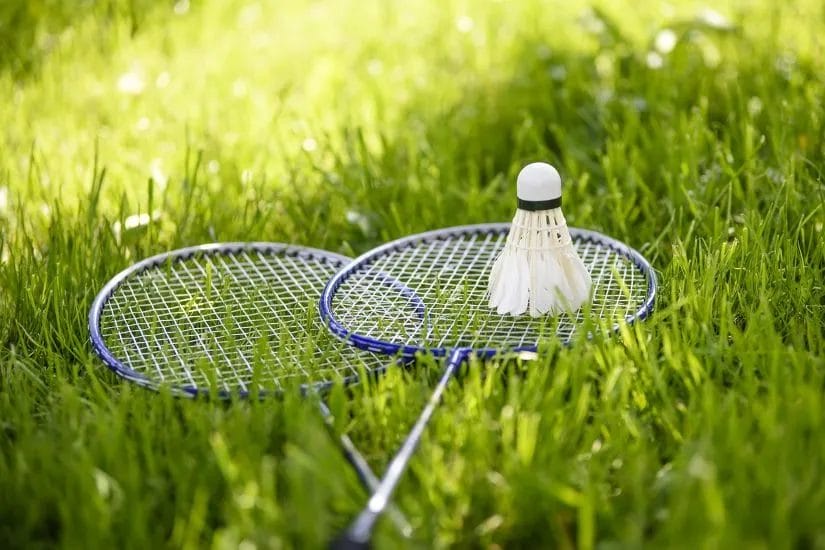
Identifying the Optimal Season for Aeration
For cool‑season grasses like tall fescue and Kentucky bluegrass, plan aeration in early fall (September–October) when soil temperatures sit around 50–65°F and roots are actively rebuilding; aerating once annually is common, or every 2–3 years for low‑traffic yards. Warm‑season grasses such as Bermuda and Zoysia benefit from late spring to early summer aeration as soil warms above 65°F. Smith Brothers Services will adjust timing to your local climate and grass type.
Weather and Soil Conditions to Consider
Aerate when soil is moist but not waterlogged—ideally 24–48 hours after moderate rain or irrigation so cores pull cleanly; you should be able to push a screwdriver 2–4 inches into the ground with moderate effort. Avoid aerating during drought or immediately after heavy storms, since saturated soil won’t form stable plugs and can re‑compact. Smith Brothers Landscape, coordinates aeration with short‑range forecasts to protect your results.
Clay soils hold moisture and typically need annual aeration with hollow‑tine cores 2–3 inches deep, while sandy soils drain faster and may only require aeration every 2–3 years; lawns with thatch over ½ inch often need dethatching plus aeration. Hollow‑tine machines remove 0.5–1 inch plugs and relieve compaction more effectively than spike tools. You can schedule a soil test through Smith Brothers Tree Services or Smith Brothers Services to check bulk density and pH before aerating.
Techniques for Effective Lawn Aeration
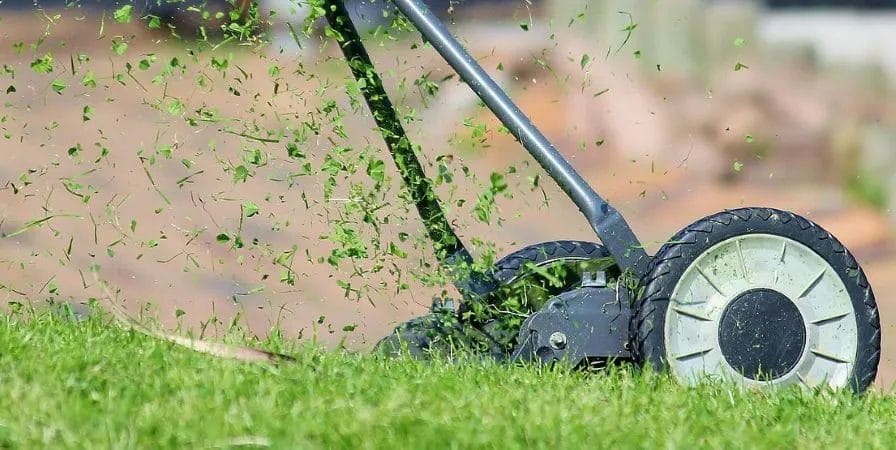
Use hollow-tine core aeration 1–2 times yearly for cool-season grasses and once for warm-season varieties, targeting 3–4 inch core depth to relieve compaction down to root zones; you’ll see better water infiltration and root growth within 4–8 weeks. Smith Brothers Services reports lawns aerated in spring or early fall recover faster, and high-traffic turf may need two passes in perpendicular directions to reach 20–30% surface coverage for optimal results.
Tools and Equipment Needed for Aeration
You can rent a walk-behind core aerator for $60–$90 per day or buy a professional unit for $700–$2,000; alternative tools include a heavy-duty spike aerator for light compaction, a manual plugger for small areas, a dethatcher to remove thatch above 1/2 inch, and a spreader for overseeding. Smith Brothers Landscape, often pairs aeration rentals with overseeding kits so you only need one crew visit to revive your lawn.
Tools and Uses
| Core Aerator (rental) | Removes 3–4″ plugs, best for heavy compaction and large yards |
| Spike Aerator | Good for minor compaction; avoid on very compacted clay |
| Manual Plugger | Ideal for small spots and near landscaping beds |
| Dethatcher & Spreader | Use dethatcher if thatch >½”, then overseed with spreader |
Step-by-Step Aeration Process
Mow to one-third the height, mark irrigation and hardscape, water to ½” the day before, run a core aerator in parallel passes then perpendicular for 2–3 passes, leave or collect cores, overseed with 3–5 lb/1,000 sq ft for cool-season or 6–10 lb/1,000 sq ft for warm-season, topdress with ¼” compost, and water lightly daily for 2 weeks. Smith Brothers Tree Services recommends avoiding aeration within 10 feet of root zones on recently planted trees.
Aeration Steps & Details
| Pre-Aeration | Mow short, mark lines, water to ½” 24 hours prior |
| Aeration Pattern | Parallel passes + perpendicular passes for 20–30% coverage |
| Post-Aeration | Overseed, topdress ¼” compost, fertilize, water daily for 2 weeks |
| Follow-Up | Monitor germination 7–21 days; avoid heavy traffic for 4–6 weeks |
For best germination you should overseed immediately after aeration using seed matched to your turf type; for a 5,000 sq ft cool-season lawn use 15–25 lb of seed, add ½ lb N/1,000 sq ft starter fertilizer, and irrigate to keep the surface moist—Smith Brothers Services field data shows germination rates rise 30% when seed contact with soil is increased by leaving plugs in place rather than removing them.
Overseeding & Aftercare
| Seeding Rate | Cool-season: 3–5 lb/1,000 sq ft for overseed; 15–25 lb for renovation |
| Fertilizer | Starter: ~½ lb N/1,000 sq ft at time of seeding |
| Irrigation | Light daily watering to keep top 1/4″ moist for 2 weeks |
| Traffic | Avoid heavy use for 4–6 weeks to protect seedlings |
The Long-Term Benefits of Lawn Aeration

Aeration pays dividends over multiple seasons by reversing soil compaction and improving water, air, and nutrient movement; you should aerate every 1–3 years depending on traffic and soil type. Professionals like Smith Brothers Services measure compaction and recommend core depth and timing to maximize long-term vigor, lowering disease incidence and reducing the need for corrective renovation projects down the line.
Enhanced Root Development and Drought Resistance
Core aeration (typically 2–3 inches deep with cores every 2–4 inches) lets roots access deeper moisture and nutrients, so your grass develops denser, deeper roots within a single growing season. You’ll notice improved recovery after heat stress and less surface wilting; Smith Brothers Landscape often pairs aeration with overseeding to boost root mass and extend green periods while cutting supplemental irrigation needs.
The Environmental Impact of Healthy Lawns
Healthy, well-aerated turf reduces surface runoff and nutrient leaching by increasing infiltration and nutrient uptake, protecting local waterways and reducing erosion on slopes. By improving soil structure, you lower fertilizer and pesticide inputs and support beneficial soil microbes; Smith Brothers Tree Services coordinates lawn aeration with tree care to ensure whole-yard environmental benefits and better stormwater performance.
To quantify gains, test soil organic matter (aim for roughly 3–5%) and infiltration rate before and after aeration; follow-up steps like 1/4-inch compost topdressing and targeted overseeding increase organic matter and microbial activity. You can also reduce chemical inputs by monitoring turf density and soil tests annually, and schedule aeration in spring or fall for cool-season grasses (late spring to early summer for warm-season) to maximize ecological and performance returns.
Common Misconceptions About Lawn Aeration
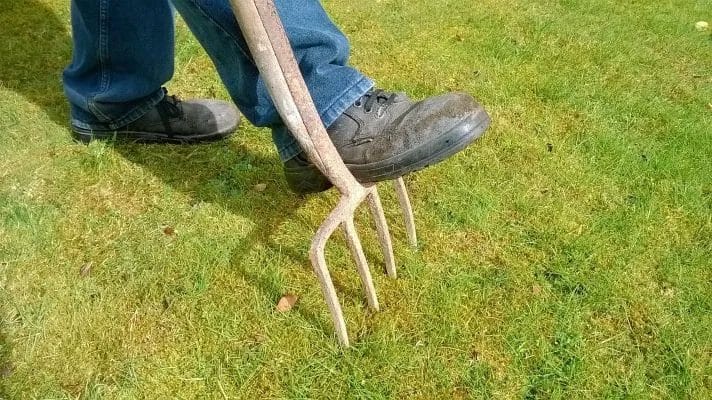
Many homeowners assume aeration is only for severely compacted soil; you should know moderate compaction benefits too. Core aeration typically removes 0.5–0.75 inch plugs to depths of 2–4 inches, improving oxygen, water, and nutrient movement. Smith Brothers Services found lawns aerated every 1–3 years cut surface runoff by up to 25% and reduce fertilizer runoff. You can judge need with a screwdriver test—penetration resistance indicates compaction levels.
Debunking Myths that Hold Homeowners Back
Popular myths—like aeration killing your turf or always requiring immediate reseeding—hold you back unnecessarily. Research shows overseeding after aeration can boost establishment by 30–40%, while spike aerators that compress soil often worsen compaction; rent a hollow‑tine core aerator instead. Local crews at Smith Brothers Landscape recommend fall aeration for cool‑season grasses and late spring for warm‑season varieties.
Why Professional Aeration Might Be a Worthy Investment
Professional aeration might cost $60–$150 for a typical 5,000 sq ft yard, but you get calibrated depth (2–4 inches), proper core spacing, and reduced compaction across high‑traffic zones. Hiring pros like Smith Brothers Tree Services lets you combine aeration with overseeding or targeted topdressing, often improving turf recovery 20–30% faster than DIY attempts.
If you hire a pro, expect technical metrics: 0.5–0.75 inch core diameter, 2–4 inch depth, and a follow‑up watering plan of 20–30 minutes daily for two weeks to aid seed germination. A Smith Brothers Landscape case study on a 10,000 sq ft lawn showed a 35% reduction in supplemental irrigation and stronger root systems within one season after coordinated aeration, overseeding, and tailored fertilizer plans.
Final Words
Upon reflecting on how timely aeration improves root access to oxygen, water, and nutrients, you see that planned aeration enhances turf density and drought resilience for summer growth; consult Smith Brothers Services, Smith Brothers Landscape, Smith Brothers Tree Services for tailored schedules and follow-up care so your lawn reaches its peak.


